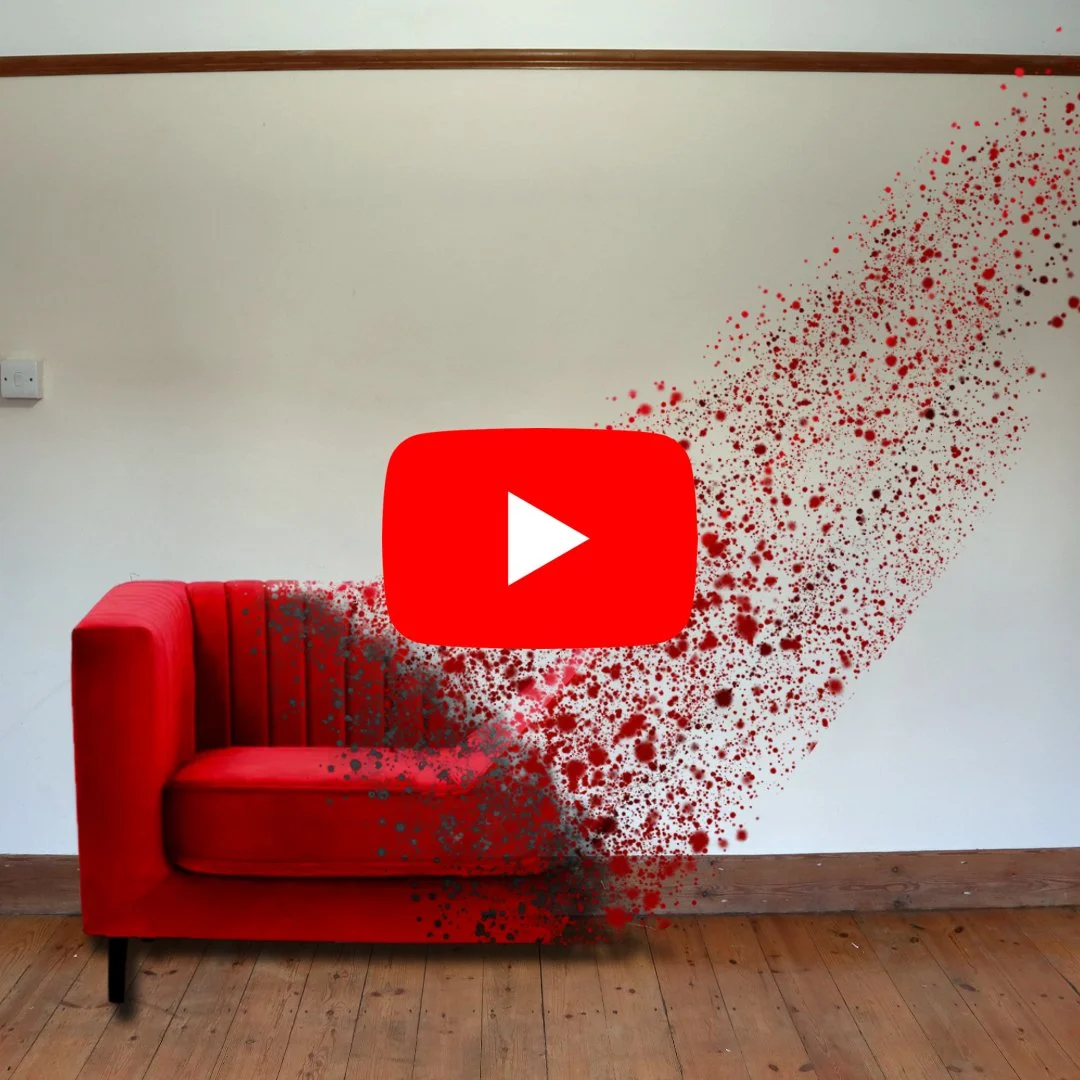Dynamic Equilibrium
I decided to start training handstands at the ripe old age of 29. Before that, I had vague memories of doing them as a child but I never managed to hold the balance and preferred cartwheels instead. After taking up pole dancing, being upside down began to feel more natural to me and when I was asked to handstand against a wall I remember seeing how elegantly the teacher did it and how much that contrasted with my own clumsy approach, which began and ended with me sliding down on to my head as my bent arms failed at keeping me upside down.
It was only after discovering acrobatics and the importance of alignment that I took it upon myself to master the handstand. I say master, but that point I don't think is ever reached. Like most things in this life, it is a work-in-progress, there are ever more difficult levels of complexity; a handstand without a wall, a tuck, a straddle press up, one-armed, on canes, on ledges. The list goes on; once one thing is mastered the next challenge awaits you.
After training for a few years, I finally achieved that elusive balance; true, it was only for a few seconds and the amount of time and effort put in seemed completely disproportionate to the fleeting moment I held it. There's something beautiful and addictive about the practice, about trying to achieve the seemingly impossible, to balance on your hands when we walk on our feet. There were so many things I had to cultivate to reach that moment of balance; so much focus was required.
It seemed to me the more I went deeper in to the practice of mastering the handstand, the more I saw it as a metaphor. The aim of a handstand is to find that balance point, it is not found in either extremes of falling too far forwards or not far enough. Within the idea of finding balance comes the idea of finding the centre and when we find that point it is not completely stationary or absolutely stable; when I am balancing on my hands I am constantly moving; it is a kind of dynamic equilibrium.
‘The system works constantly works to maintain that state of dynamic equilibrium, much like a clown balancing on a unicycle. Because a unicycle is not a static, stable perch like a chair, remaining balanced on it necessitates constantly adjusting the human-unicycle orientation in time and space. When a clown balances on a unicycle, he is always moving slightly this way and that in response to any perturbations that occur. There are always tiny factors that affect his balance and, instinctively, he learns to ride the unicycle, the clown will, automatically, slightly adjust his balance responses in order to remain in equilibrium. Thus, a clown sitting on top of a unicycle in one place is an example of a dynamic system engaging in constant change in response to alterations in its environment - slightly moving all the time in order to keep balance. If the clown becomes totally stationary, he and the unicycle will fall over. They will de-stabilise and no longer form a self-organised, whole system. They will fall apart, separate in to parts: clown on one side, unicycle on the other. The clown’s motions are expressions of the precise corrections needed to stabilise an unstable perch. And those precise corrections occur in response to the information that is encoded in any perturbation that affects his dynamic equilibrium’ - Stephen Harrod Buhner
Life itself is a balancing act; we strive to reconcile many elements of our lives - work, relationships, family and rarely does everything flow in complete balance at the same time. As a child I used to think there was a point where my life would fall in to place. Handstands have taught me that to achieve anything requires patience, persistence and determination. Even once upside down, to find that point of balance isn't finding the static point but mastering dynamic equilibrium.
- F










What are the most common misconceptions about furniture free? Well these are my top three!